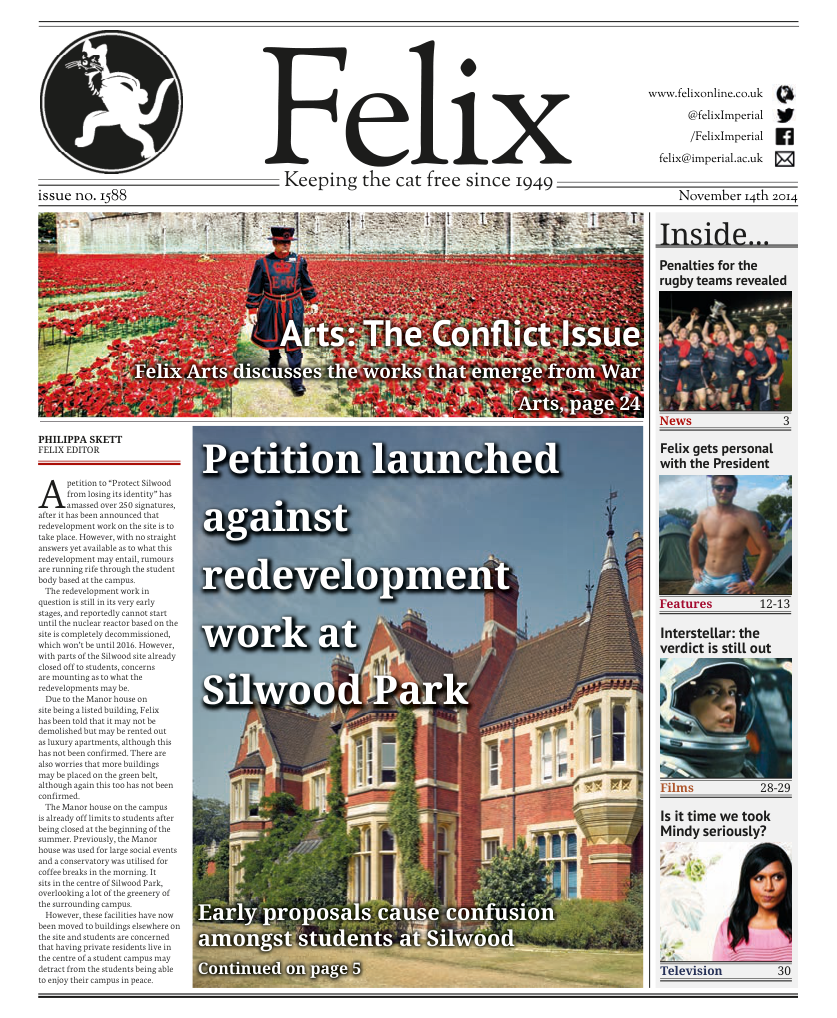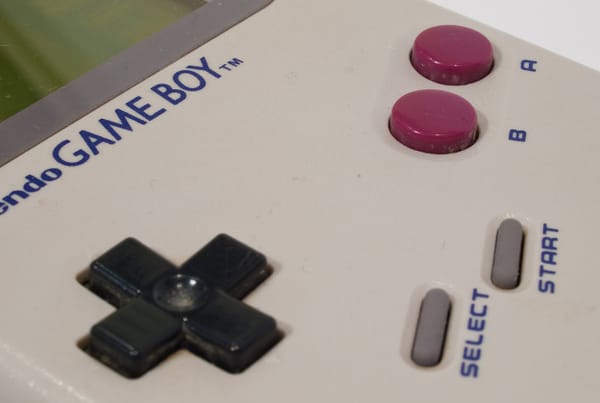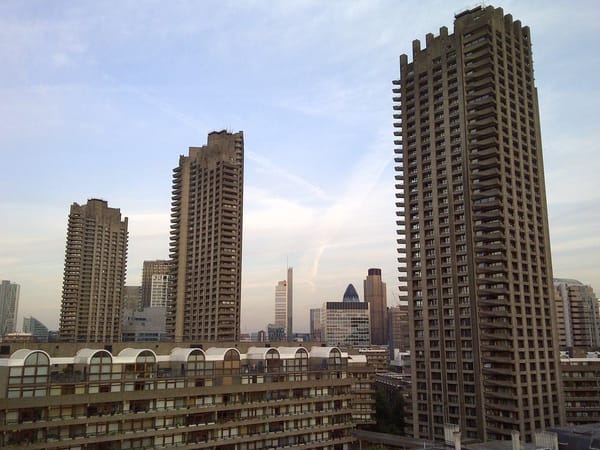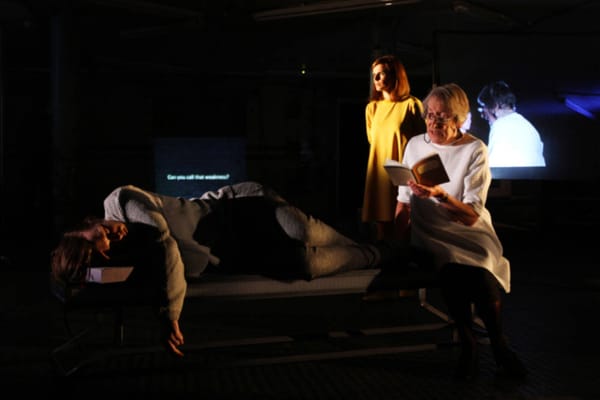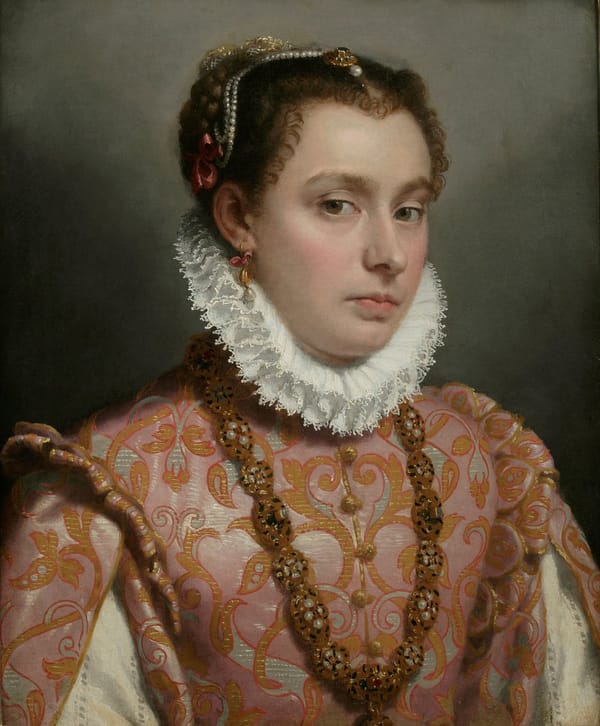Wounded: Is This War’s True Legacy?
Kamil McClelland explores what remains after Iraq and Afghanistan
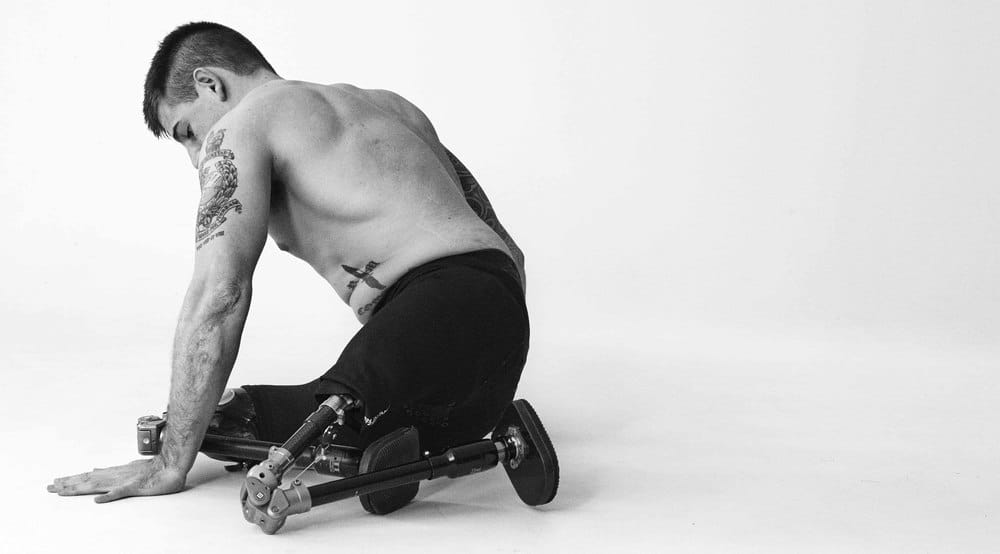
I was a bit apprehensive of this new exhibition at Somerset House. I feared it might just be an attempt for Bryan Adams, the photographer, to try and reinvent himself, having been a washed up pop star for so long. Moreover, the advertising made it seem like just another one of those populist exhibitions, raking in plenty of publicity for Somerset House without actually having much substance. But it has got a lot of attention and will surely be popular, especially seeing that it opened just after Remembrance Day, ensuring people are still caught up in an emotional frenzy stirred up by our nationalistic media.
Unfortunately, it was just as I expected. The bandying around of “modern-day heroes” and “band of brothers”, such emotive phrases, gives you an idea of the tone of the show, not attempting to say “never again”, but in fact glorifying the war, telling us what role models these brave veterans are. As soon as you walked into the three-room exhibition space, you were faced with a huge photograph not of the veterans as promised, but of a Union Jack, torn but still flapping majestically in the breeze. The agenda of this exhibition was so obvious, they might as well have spelled it out (which they kind of did in the introduction literature)! And this one picture pretty much sums everything up, I don’t even need to say any more. The exhibition had absolutely no depth and was steadfastly sticking to this patriotic line; it was predictable and utterly dull.
‘Disabilities serve as a reminder of the battles beyond combat’ claims the show but I saw no attempts to reveal some of the darkness behind these deformities. Adams photographs these men with no context to the horrifying war they were involved in, with their white backdrop acting to conceal all of the horror behind it. Described by one serviceman as “the most real depiction of our lives I’ve ever seen”, I would love to see what every other disabled veteran would have to say about that. Yes, it showed disfigurements that would otherwise not be seen but that is where attempts to depict the reality of their lives ended.
Is that really the reality of their lives: standing proudly in a blank room as if they were some kind of classical statue? What about the reality of lives torn apart by disfigurement, of people battling with depression, PTSD and broken families; that is the photography I want to see. All this exhibition does is tell the same old story, putting a patriotic façade on an extremely important issue. Where are the Lieutenant Dans? I can’t imagine Adams going down to seedy bars and strip clubs photographing the veterans who hate their own existence, simply because that doesn’t follow his shallow and unimaginative narrative. He is completely warping reality and the true legacy of war whilst offering forward no counter narrative of any authenticity.
And can one call an artwork effective if it requires a whole script beside it to explain the story of the people involved? Isn’t it the job of their expressions, their positioning, the setting to tell this story, all the things that define a photographer’s quality and something completely lacking in this showcase?
One photo particularly stayed with me, and not in a positive way. It did not show the brutalised teenager’s young face, just his mutilated hands alongside his medals. By directly equating the injuries with a nationalistic pro-military stance, Adams is destroying any vague attempt made to try and help the viewers gain insight into the lives of these veterans in any meaningful way. It is pure and simple propaganda! And just as ever, there is no profundity in his works, a simple man’s attempt to try and make a comment on the atrocities and aftermath of war.
In conclusion, yes, this exhibition may show one aspect of the legacy of war but both artistically and in the choice of subject, it does the war no justice and is an insult to all those affected by its terror. It hides as much as it reveals in what ends up being no more than military propaganda. Oh how heroic they were, protecting their country! No questions asked about was it worth it and the consequences for the people of Iraq and Afghanistan. What was their legacy? Surely much more horrific than anything on show here today!
For them, the legacy of war will last much longer and will have a much more devastating impact. And despite the Chief of Defence Staff, General Sir Nicholas Houghton, claiming that the primary mission in Afghanistan has been achieved, one has to wonder whether there was really anything achieved for the people on the ground. This exhibition makes a mockery of this true, less palatable legacy.
Wounded: The Legacy of War is on until 25th January 2015. Free Entry.
The exhibition is accompanied by a book, published by Steidl, featuring 40 photographs by Bryan Adams, available for £40. Proceeds from the book goes to veteran support charities BLESMA, Blind Veterans UK, Combat Stress, SSAFA, and War Child

